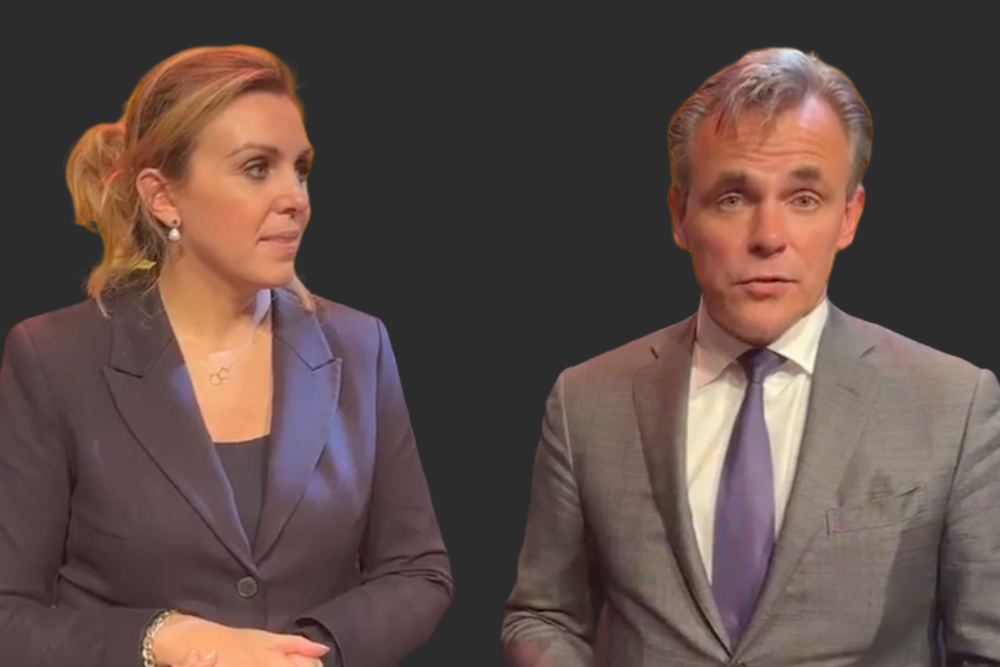Investments in maintenance and innovation contribute to the accessibility and sustainability of the Dutch transport network.
The Netherlands faces significant infrastructure challenges. The government, led by Minister Mark Harbers and State Secretary Vivianne Heijnen, recently emphasized the importance of strengthening public transport throughout the country, with special attention to major maintenance of existing connections. Despite current obstacles such as the nitrogen problem, personnel shortages and rising construction costs, progress is being made on various projects, such as the widening of the N33 between Appingedam and Eemshaven and the developments in the Binckhorst in The Hague.
The cabinet has decided to temporarily pause 17 road and waterway construction projects and to partly reinvest the released resources in major maintenance. This allows progress to be made in projects that would otherwise come to a standstill due to a lack of money or price increases. The emphasis is on keeping the Netherlands easily accessible through the maintenance of existing infrastructure, such as the IJssel bridges, Frisian tracks and locks in the Meuse.
The investments are not only focused on larger urban areas but also include infrastructure development in less populated regions. The attention for the N33 widening is a direct response to the parliamentary inquiry into natural gas extraction in Groningen, which shows that the government also listens to the specific concerns and needs of various regions. The MIRT study for this project, which aims for completion in 2025, will determine how the road can best be designed within the applicable environmental standards and budgetary limits.

Minister Mark Harbers' statements emphasize the need for good national accessibility and the challenges that come with it. Due to the fact that many projects cannot be constructed in the short term due to various problems, the government is opting for a pragmatic approach aimed at major maintenance. Harbers emphasizes that, despite the setbacks, the foundations of the Dutch infrastructure must remain strong to support future expansions.
In the province of Groningen, 480 million euros have been made available for infrastructure, a significant part of which is intended for the widening of the N33. This investment must promote the accessibility and flow of the port and freight transport. In addition to these physical improvements, investments are also being made in digital innovation, such as a digital platform for public transport in Zeeland, with a budget of 6 million euros.
State Secretary Vivianne Heijnen underlines the importance of tailor-made solutions in her statement about the partnership with Zeeland. She points out the essential need of citizens for accessibility to essential services, regardless of where they live in the Netherlands. Her pride in the collaboration shows a government that is involved in realizing practical and sustainable transport solutions.
projects
The planned approach to Lock II in the Wilhelmina Canal shows that the government is not forgetting the waterways and recognizes the importance of freight transport by water. This project will increase the capacity for larger ships and thus the economic potential of the Tilburg region. The trials with sensors and cameras to increase capacity at rail yards demonstrate a commitment to efficiency and innovation. By improving the flow on existing railways, the existing infrastructure can be used optimally.
The government recognizes the central role of cycling in Dutch culture and mobility by investing in the City Deal Cycling for Everyone. This deal is committed to promoting bicycle use and cyclist safety, contributing to sustainability goals and public health.



